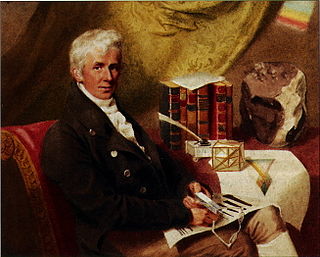
James Sowerby was an English naturalist, illustrator and mineralogist. Contributions to published works, such as A Specimen of the Botany of New Holland or English Botany, include his detailed and appealing plates. The use of vivid colour and accessible texts was intended to reach a widening audience in works of natural history. The standard author abbreviation Sowerby is used to indicate this person as the author when citing a botanical name.

The National University of San Marcos is a public research university located in Lima, the capital of Peru. It is considered the most important, recognized and representative educational institution at the national level. At the continental level, it is the first officially established and the oldest continuously operating university in the Americas, which is why it appears in official documents and publications as "University of Peru, Dean University of the Americas".

The Museu Paraense Emílio Goeldi, commonly shortened MPEG, is a Brazilian research institution and museum located in the city of Belém, state of Pará, Brazil. It was founded in 1866 by Domingos Soares Ferreira Penna as the Pará Museum of Natural History and Ethnography, and was later named in honor of Swiss naturalist Émil August Goeldi, who reorganized the institution and was its director from 1894 to 1905. It is now the "main research center on natural systems and sociocultural processes of the Brazilian Amazon." The museum and zoological park are listed as protected sites by both the National Institute of Historic and Artistic Heritage, and the Department of Historic, Artistic and Cultural Heritage of the state of Pará.

Antonio Raimondi was a prominent Italian-born Peruvian geographer and scientist. Born in Milan, Raimondi emigrated to Peru, arriving on July 28, 1850, at the port of Callao. In 1851 he became a professor of natural history. In 1856, he was one of the founding professors of the medical school at the National University of San Marcos; in 1861, he founded the analytical chemistry department.
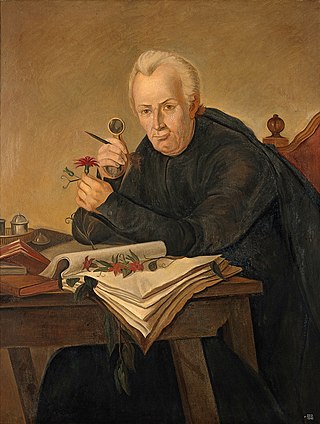
José Celestino Bruno Mutis y Bosio was a Spanish priest, botanist and mathematician. He was a significant figure in the Spanish American Enlightenment, whom Alexander von Humboldt met with on his expedition to Spanish America. He is one of the most important authors of the Spanish Universalist School of the 18th century, together with Juan Andrés or Antonio Eximeno.

The San Diego Natural History Museum is a museum located in Balboa Park in San Diego, California. It was founded in 1874 as the San Diego Society of Natural History. It is the second oldest scientific institution west of the Mississippi and the oldest in Southern California. The present location of the museum was dedicated on January 14, 1933. A major addition to the museum was dedicated in April 2001, doubling exhibit space.

The Museum of Natural History is a museum located in Belgrade, Serbia. It is one of the oldest specialized national institutions in Serbia, and is the only museum of this type in Serbia.

The Hungarian Natural History Museum in Budapest, dating back to 1802, houses the largest natural history collections of Hungary and the region.
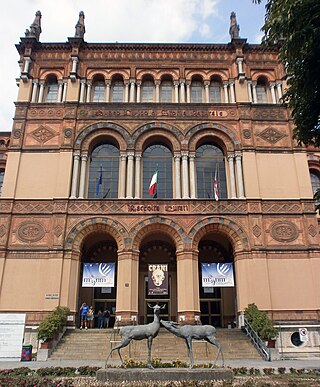
The Museo Civico di Storia Naturale di Milano is a museum in Milan, Italy. It was founded in 1838 when naturalist Giuseppe de Cristoforis donated his collections to the city. Its first director was Giorgio Jan.
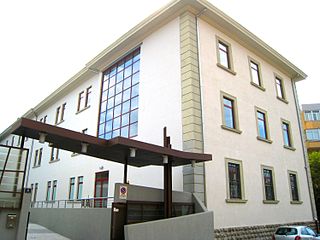
Civico Museo di Storia Naturale di Trieste is a natural history museum in Trieste, northern Italy. It contains several collections, including more than two millions botanical, zoological, mineralogical, geological, and paleontological specimens.

Mariano Eduardo de Rivero y Ustariz was a prominent Peruvian scientist, geologist, mineralogist, chemist, archaeologist, politician and diplomat. His publications about his discovery of Humboldtine, demonstrating the existence of organic-minerals; about deposits of copper and sodium nitrate (saltpeter) near Tarapacá in the Atacama Desert; about bird-guano and coal in Peru and their possibilities of industrialization as well were forward-looking and made him a pioneer of mining education in South America and the most notable Peruvian scientist of the 19th century.
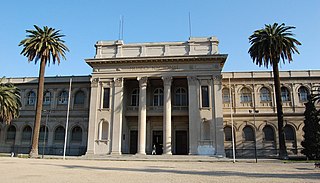
The Chilean National Museum of Natural History is one of three national museums in Chile, along with the Museum of Fine Arts and the National History Museum. It is located in Quinta Normal Park. Founded on September 14, 1830 by the French naturalist Claudio Gay, the director of the Museum and the Botanical garden was another Frenchman Jean-François Dauxion-Lavaysse.
The Botanical Expedition to the Viceroyalty of Peru was a Spanish expedition to the colonial territories of the Viceroyalty of Peru and Chile between 1777 and 1788.
James Francis Macbride was an American botanist who devoted most of his professional life to the study of the flora of Peru.
Gustavo Orcés V. Natural History Museum is a natural history museum in Quito, Ecuador. It was established in 2005.
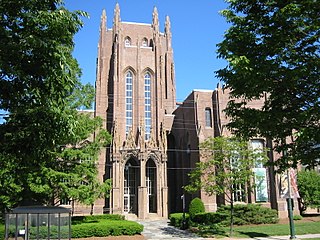
The Peabody Museum of Natural History at Yale University is one of the oldest, largest, and most prolific university natural history museums in the world. It was founded by the philanthropist George Peabody in 1866 at the behest of his nephew Othniel Charles Marsh, an early paleontologist. The museum is best known for the Great Hall of Dinosaurs, which includes a mounted juvenile Brontosaurus and the 110-foot-long (34 m) mural The Age of Reptiles. The museum also has permanent exhibits dedicated to human and mammal evolution; wildlife dioramas; Egyptian artifacts; local birds and minerals; and Native Americans of Connecticut.
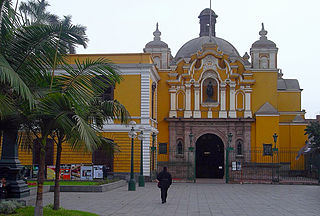
The Casona of the National University of San Marcos, also known as the Cultural Centre of San Marcos, which operates in the building, is a large Spanish colonial building that hosts the cultural centre of the National University of San Marcos, located in the historic centre of Lima, Peru. The building, as well as its adjacent public space, known as the University Park, is part of the area and of the list of buildings of the historic center of Lima that were recognized as a World Heritage Site by UNESCO, in 1988.
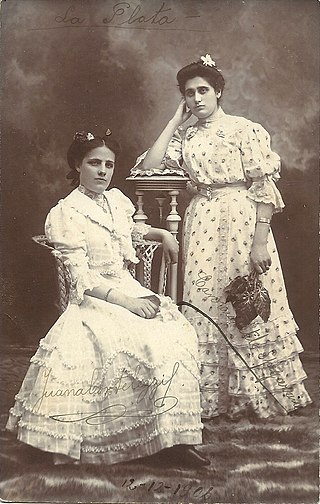
Juana Cortelezzi (1887-1973) was an Argentine scientist and professor, with outstanding performance in the area of mineralogy. She is recognized for being the first woman to reach the position of full professor at the National University of La Plata and for her contributions in teaching geology.
















